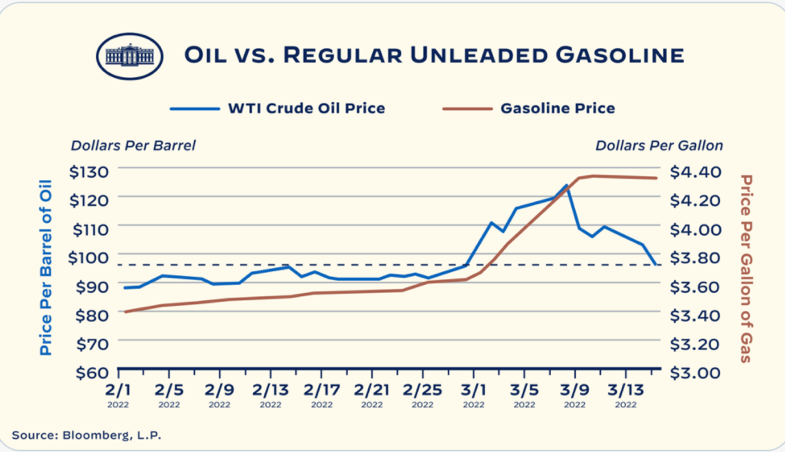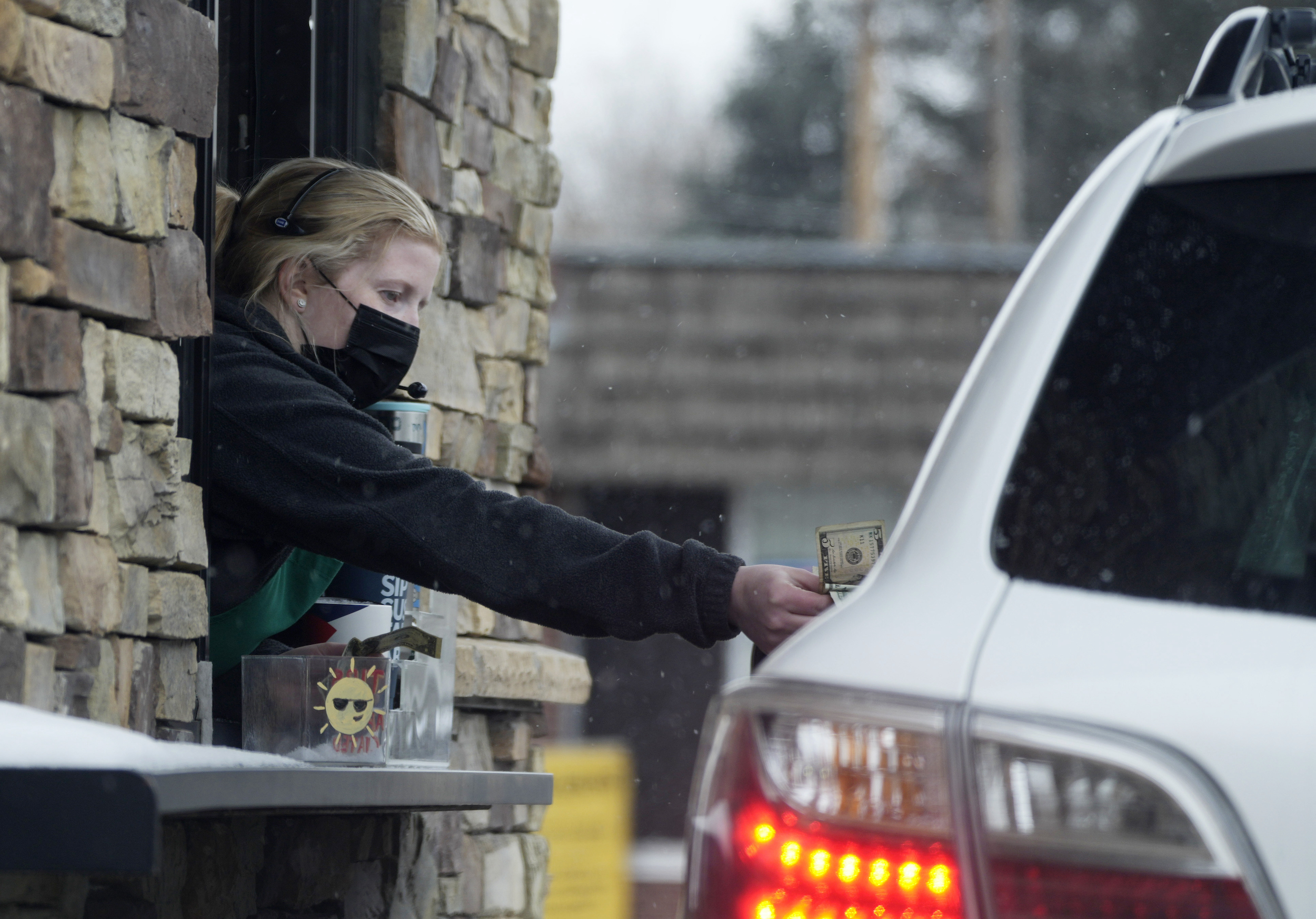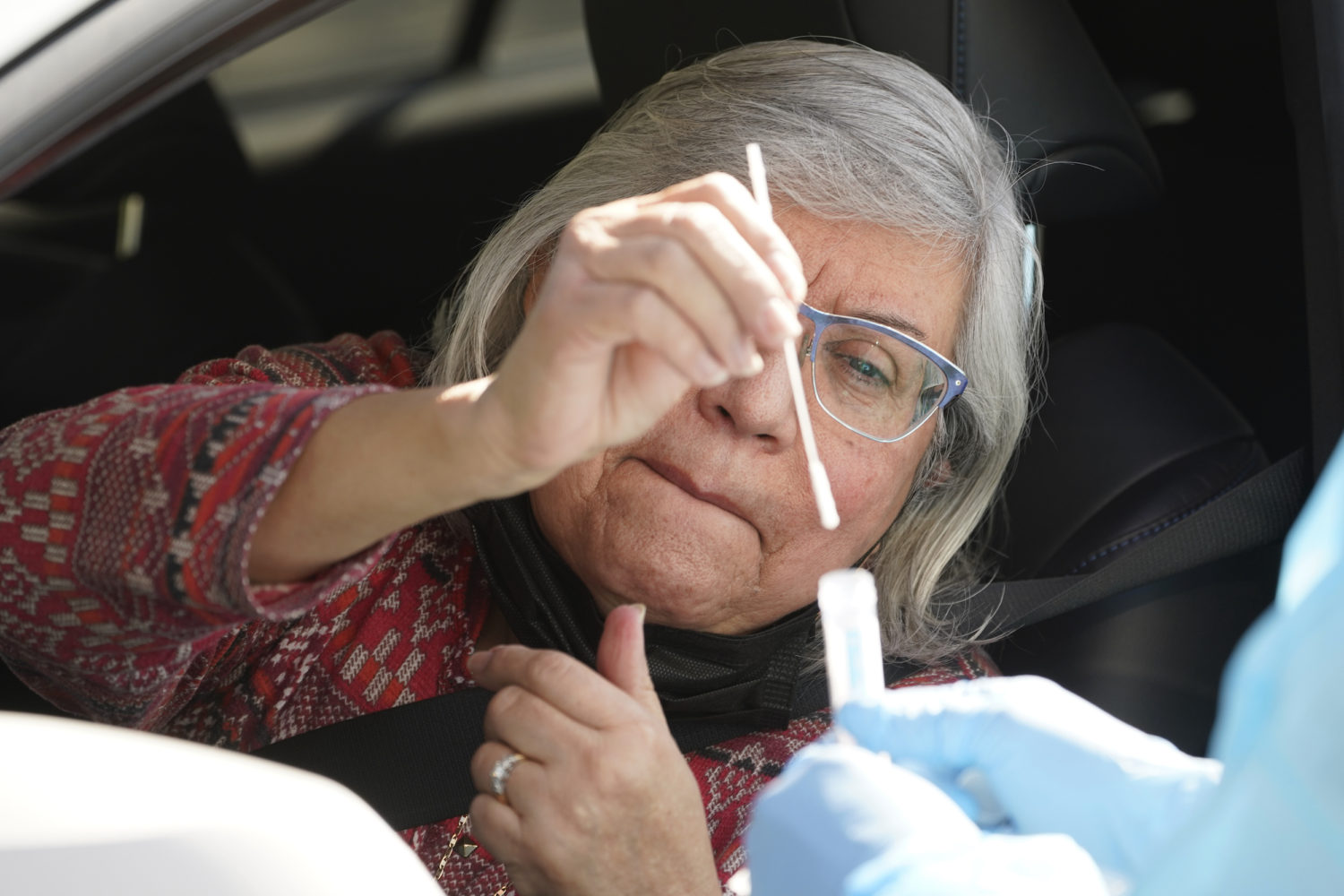 Covering COVID-19 is a daily Poynter briefing of story ideas about the coronavirus and other timely topics for journalists, written by senior faculty Al Tompkins. Sign up here to have it delivered to your inbox every weekday morning.
Covering COVID-19 is a daily Poynter briefing of story ideas about the coronavirus and other timely topics for journalists, written by senior faculty Al Tompkins. Sign up here to have it delivered to your inbox every weekday morning.
COVID-19 cases are rising fast in the United Kingdom, Germany, Denmark, South Korea and beyond, but the U.S. Congress has not been able to agree on new funding for monitoring the virus in America.
Jeffrey D. Zients, the White House coronavirus response coordinator, said, “We need this money.” He added, “This is not nice to have; this is need to have.”
The New York Times explains the impasse. NPR also dives inside the disagreement to explain how it might (or might not) get resolved.
This certainly is the kind of issue that journalists should be quizzing state and federal elected officials about.
The federal government says without a new bill to replenish COVID-19 spending, the federal programs that pay for testing, treatment and vaccinations for people who don’t have health insurance will start to wind down next week. And the White House says without new funding, free monoclonal antibody treatments will also end. The White House sent a letter to Congress that warns:
March 22—the Uninsured Program will stop accepting new claims for testing and treatment due to lack of sufficient funds. Providers will no longer be able to submit claims for providing these services to uninsured individuals, forcing providers to either absorb the cost or turn away people who are uninsured, increasing the disparity in access to critically needed health care and putting additional burdens on safety net providers.
April 5—the Uninsured Program will also stop accepting vaccination claims due to a lack of sufficient funds.
The federal government has no more funding for additional monoclonals, including a planned order for March 25. To date, the federal government has been able to provide these life-saving treatments free of charge to Americans and work with states to make sure they get to as many people as possible who need them. In order to keep these treatments free and available to the American people for as long as possible, the Administration will now have to stretch our current supply and, starting next week, will be forced to cut state allocations of our limited existing supply of life-saving monoclonal antibody treatments by more than 30%.
The White House warned Congress of other important implications ahead without a new COVID-19 spending bill. The government will not be able to:
- Purchase additional oral antiviral pills beyond the 20 million already secured.
- Pre-purchase promising new antivirals. The reason why the Administration has been able to secure more oral antiviral pills than any other country is because we committed to purchasing them early, even prior to an Emergency Use Authorization (EUA). As even more effective pills potentially become available, the federal government is no longer able to make advance purchase commitments to ensure America is one of the first countries in line.
- Accelerate the creation of a next-generation, pan-COVID vaccine that would provide broad protection against a range of variants.
- Maintain our domestic testing capacity beyond June. After spending the last year building up our testing capacity, that progress will be squandered, the Administration will be unable to help keep domestic manufacturers online starting in June. That means, heading into the second half of the year, there will be significantly diminished domestic testing capacity and we may be unprepared for surges.
The core of the standoff is that Republicans want a full accounting of where COVID-19 funding has been spent so far and how much unspent money is still in state and federal accounts.
Republican Sen. Mitt Romney sent the White House a letter with specific questions about how the current federal allotments for COVID-19 have been spent. He says he has not gotten all of the answers he needs to vote for more money. These are six questions Romney wants answered:
- When does the Administration plan to request an additional $30 billion in COVID-19 relief funding, and if it does so, what would be the purpose of the request?
- As of March 3, 2022, how much of the funding made available under the American Rescue Plan remains unspent, unobligated, or undisbursed?
- As of March 3, 2022, how much of the funding under the American Rescue Plan has been obligated, but not disbursed for more than 6 months?
- How much money has the government spent to date on vaccines and testing? Please provide a specific list of these expenditures and accompanying metrics used to evaluate their effectiveness.
- Of the $350 billion made available under the American Rescue Plan to state and local governments, how much has been used to date for vaccines and testing? Please provide a specific list of these expenditures and accompanying metrics used to evaluate their effectiveness.
- Does the Administration have plans to make available real-time data about all COVID-19 spending to the public?
Romney says he is not against spending more federal money on COVID-19, he just wants to know how much of what Congress already approved is unspent. One of the places journalists might check first is how much money your state is sitting on right now and why it has not been used for the intended purposes. You could start with money allotted to schools.
Here is an interactive map showing how much was awarded to schools in each state and now much has been spent so far. States that spent the most have darker shading.
By the end of January, just as an example, Ohio spent about a third of the overall federal school funds while South Dakota spent $200 million of the more than $700 million allotted.
Oil prices dropped, so why are gasoline prices still so high?
President Joe Biden asked the same question you may be asking: “Are oil companies pocketing more profits while keeping gasoline prices high?” He observed:

(The White House)
It is a good political position to complain about the same thing regular folks complain about, but oil and gasoline prices do not move in tandem. Oil prices generally pull gasoline prices along high and low, but gasoline prices tend to go higher faster than they come down. There is a reason. Refineries must work through higher price oil supplies before they can pass along the fuel they produce from the lower price oil.
GasBuddy’s petroleum analyst, Patrick De Haan, says if oil prices stay below $100 a barrel for a while, you will see pump prices drop significantly soon. And he said far from price-gouging, gas station owners may have been running in the red during the price increases.
The national average has room to fall 35-55c/gal over the next 3-5 weeks- the question is: will oil prices stay at these lows and allow it, or do we get a new rally that stops the relief I’m referring to?
— Patrick De Haan ⛽️📊 (@GasBuddyGuy) March 16, 2022
De Haan created a chart of his own showing the multiple factors that have added to the wild price swings for gasoline in the last two years.
For all those “expert” charts trying to explain the rise in #gasprices since 2020, I made the actual chart explaining gas prices for you. pic.twitter.com/LhydcLeY6T
— Patrick De Haan ⛽️📊 (@GasBuddyGuy) March 10, 2022
Why ending daylight saving time is popular for most but not some
The U.S. Senate didn’t even debate this week before voting to make daylight saving time permanent. There was no dissent. When was the last time anything passed with no dissent? But this did, so it must be popular, right? Wrong!
Yes, public opinion polls show most Americans favor no more clock changes twice a year. But for people who live on the western edge of the time zones, the reality of a permanent daylight saving time would be, shall we say, sub-optimal. The Rural Blog did some calculations and found:
For example, on Dec. 20, the sun will rise in Indianapolis at 8:02 a.m. Eastern Standard Time. On daylight time, that would be after 9 a.m., at time when many businesses and almost all offices and schools are open. In early January, it would be 9:06, according to the federal government’s sunrise-sunset calculator. (Just because the winter equinox has the shortest day doesn’t mean it has the latest sunrise. Also, Indiana once exempted itself from daylight time but now follows it.)
Farmers have long objected to daylight saving time, and the National Association of Convenience Stores opposes the change, Reuters reports. The NACS told Congress, “We should not have kids going to school in the dark.” And while there is evidence that changing clocks has bad effects such as traffic accidents and health episodes, sleep scientists think there would be even more risk from year-round daylight saving time. They like standard time.
Here are some other factors to consider, thanks to The New York Times:
- Heated Debate: Scientists and politicians have been pushing for a single time system for a while. But not everyone agrees on which one.
- Winners and Losers: Gas stations and the leisure industry tend to profit from the switch to daylight saving time. Farmers could do without.
- F.A.Q.: Why do we spring ahead and fall back in the first place? Here are some answers to common questions on the subject.
- In one 2017 study from Denmark, scientists analyzed a psychiatric database of more than 185,000 people from 1995 to 2012. They found that the fall transition to standard time was associated with an 11 percent increase in depressive episodes, an effect that took 10 weeks to dissipate. The spring switch, by contrast, had no similar effect.
- Sleep scientists, including the American Academy of Sleep Medicine, hate the idea of choosing daylight saving time over standard time. While no study has definitively proved that standard time is best for human health, they argue that a permanent switch to daylight saving time could have long-term, dangerous effects on public health.
- Retail and leisure industries have argued that more light in the evenings would give consumers more time to spend money, and proponents also argue that lighter evenings would translate to fewer robberies and safer roads.
The legislation, which sounds simple on its surface, is not so simple. The Rural Blog points out:
The legislation would continue to allow states and localities to exempt themselves until its effective date of Nov. 5, 2023, so that could lead to a patchwork of time zones that the Uniform Time Act of 1966 was passed to prevent. It could also lead to a reversal of the mostly westward shift of U.S. time-zone lines in the last 70 years.
In short, it would be a mess. Imagine the chaos that will happen for cities on borders — like Louisville, Kansas City, Memphis and New York — if one state has a daylight saving time exemption and the other chooses not to. It would also be a nightmare for airlines trying to work out schedules. Think about the complexity of an election night in such a scenario. Nothing is easy in a democracy, it seems.
Starbucks to phase out disposable cups

A worker wears a face covering while serving a customer in a drive-through lane at a Starbucks Wednesday, March 9, 2022, in Englewood, Colo. (AP Photo/David Zalubowski)
This caught my eye and could be worth exploring. Starbucks says it is trying out some pilot projects to make it easier to use your own mug or cup or to pay a deposit at the store for a durable cup that you would get back when you return the cup. During the pandemic, this kind of “shared mug” idea would never have had a chance. I get interested in well-meaning efforts like this which sometimes do not work out environmentally once you factor in the water, detergent, electricity and other ingredients that would be needed to wash millions of cups daily, versus the environmental impact of using paper and plastic cups and lids.
We’ll be back tomorrow with a new edition of Covering COVID-19. Are you subscribed? Sign up here to get it delivered right to your inbox.








